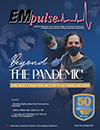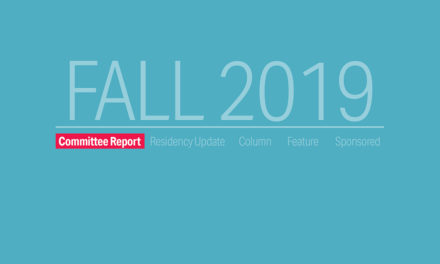It is an Emergency? Or is it Hospice?
What are best practices for patients with advanced illness who frequent your emergency department? What do patients, families, hospitals, and payers want? What is your role? What is the role of hospice?
The Hospital Readmissions Reduction Program was developed for a reason. Consider this: a third of Medicare patients readmit within 90 days; 1 in 5 Medicare patients readmits within 30 days. During the last month of life, about half of patients are in the ED, and almost 10% are there on their last day.
At VITAS Healthcare, we can admit hospice-eligible patients directly from the ED, even when they are symptomatic.
Partner with VITAS to Achieve Key Goals
When your hospital partners with VITAS, patients with end-of-life needs get the right care. Your hospital achieves key goals:
- Reduced ED overcrowding, readmissions, and observation periods
- Improved ED throughput and bed cycling
- Seamless transitions to post-acute care
- Improved family-satisfaction metrics
Hospitals are penalized for suboptimal ED “core measure” outcomes, reduced patient/family satisfaction scores, and readmissions of seriously ill patients who may not want to be hospitalized. When surveyed, patients report their preferences to include:
- Optimal pain/symptom control
- Strengthening their relationships with family
- Decreasing their care-burden on family
- Prolonging the dying process
- Autonomy and maintaining a sense of control
- Dying at home surrounded by loved ones
Yet readmissions are often due to unmet discharge planning needs, post discharge care coordination, or insufficient outpatient or community-based follow-up particularly when coupled with severe progressive illness. Readmitted patients tend to be elderly with multiple comorbidities that contribute to their decline. Often they have not adhered to follow-up plans, and may not be able to state their diagnosis or explain their medications. Many of these patients are hospice eligible, and identification can fit into a busy clinician’s assessment and facilitate optimal disposition decisions.
Signs That a Patient Might Be Hospice-Eligible
- Frequent visits to the ED for a progressive serious illness
- Recent hospitalization or ICU
- Ongoing symptoms despite optimal treatment
- Declining functional status
- Development of Delirium
- Declining renal function
- Use of inotropes
- Patient’s goals are for quality of life
- Answering “No” to the question: Would you be surprised if this patient died in the next 6–12 months?
When referred to hospice as soon as they are eligible, patients receive medical and psychosocial care to control their symptoms and improve quality of life. Care is brought to them where they live by an interdisciplinary team. Continuous care is provided at home when medically necessary, keeping the patient out of the hospital.
Refer Hospice-Eligible Patients With Your Phone
VITAS has streamlined the hospice referral process with a mobile application for iPhone, iPad and Android users. Instantly refer patients with serious progressive illness to VITAS with a face sheet snapshot and a few clicks.
Download the mobile app at VITASapp.com for interactive hospice eligibility guidelines, VITAS locations, and seamless, secure 24/7 referrals.
Eric Shaban, MD, is regional medical director for VITAS® Healthcare, the nation’s leading provider of end-of-life care. For more information, call 800.93.VITAS or visit VITAS.com.
This article is part of the following sections:
Samantha manages fcep.org and publishes all content. Some articles may not be written by her. If you have questions about authorship or find an error, please email her directly.







